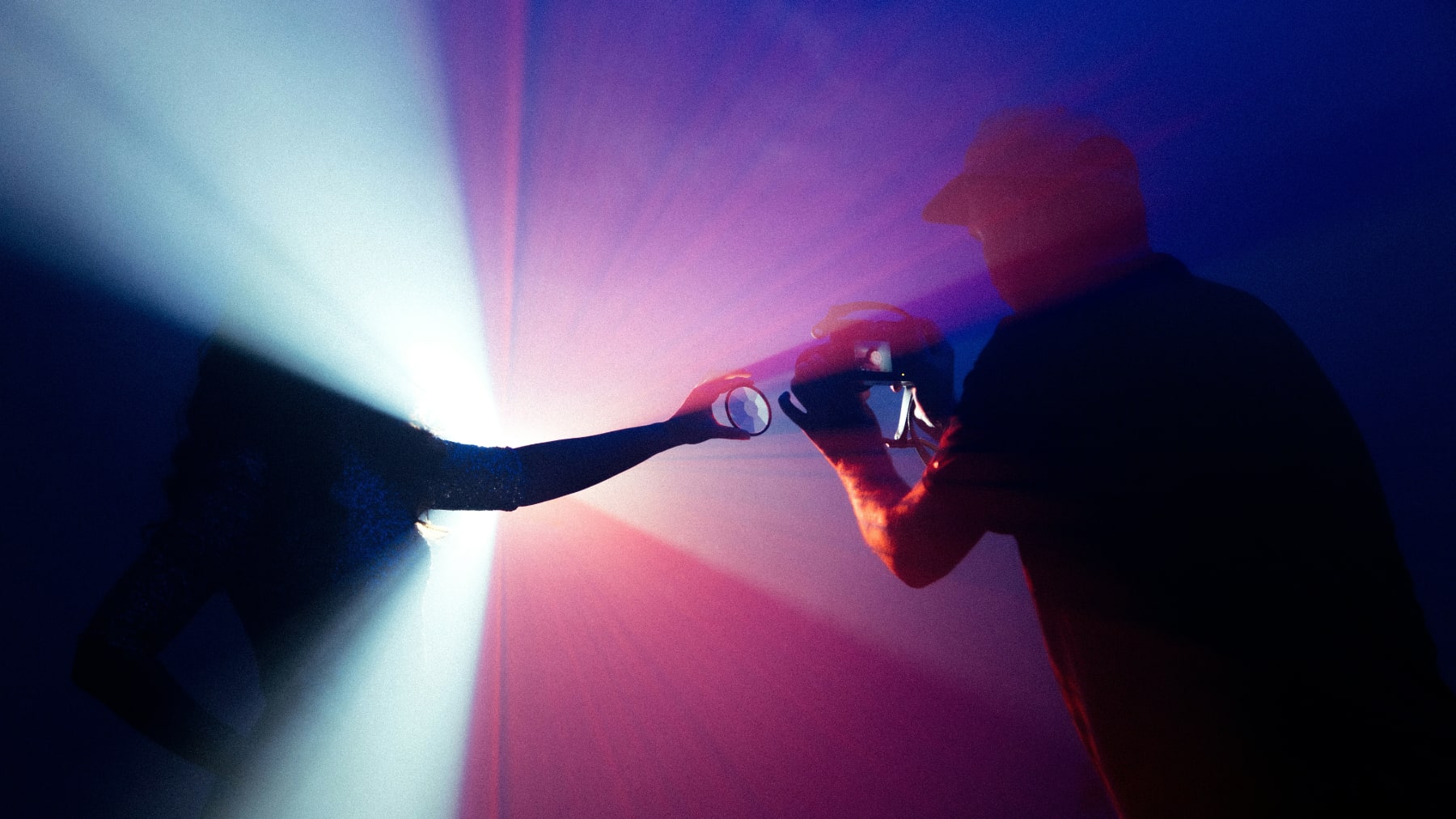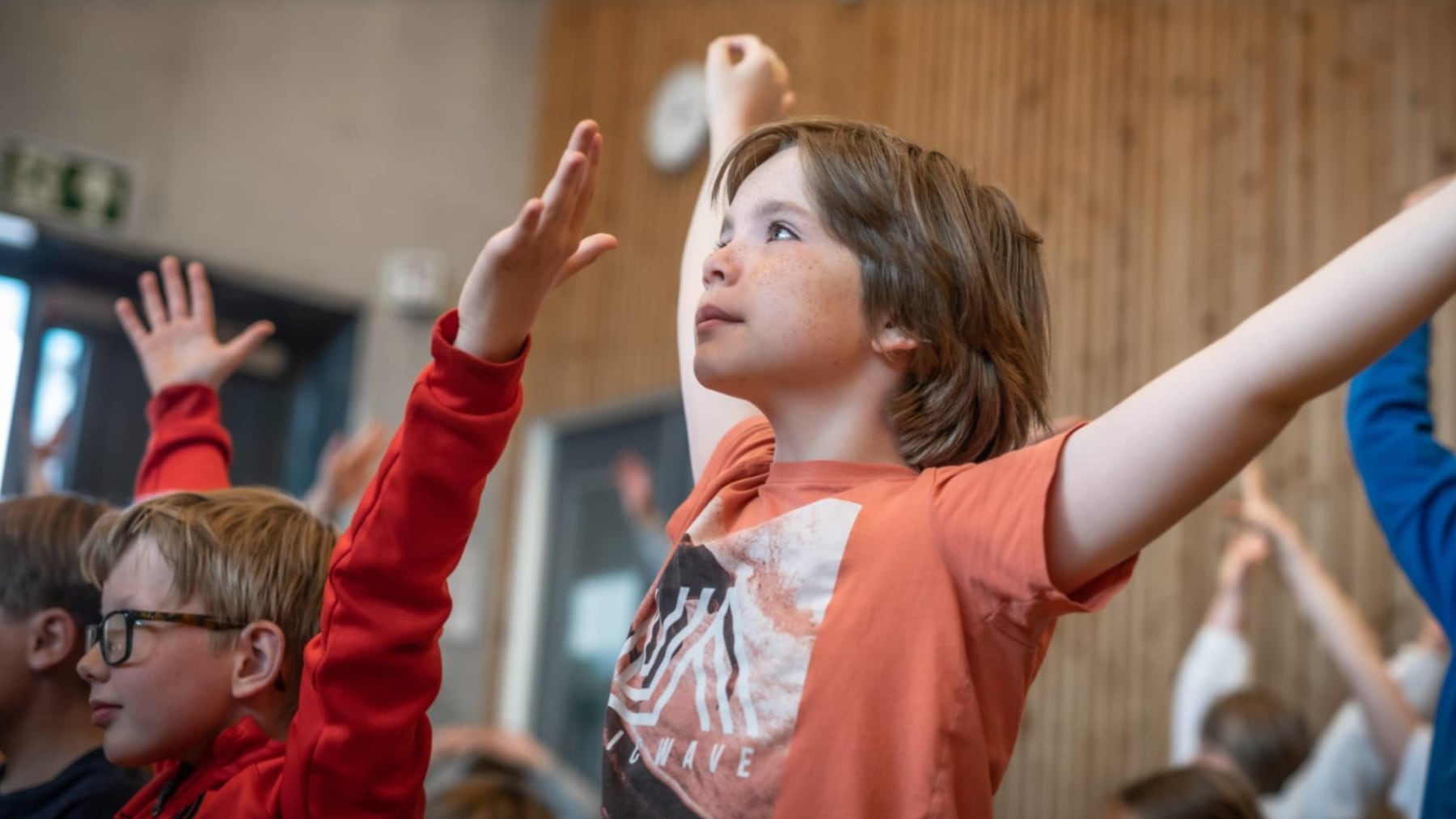Connecting hope to creativity

(Before I start: This blog post was first written and published by me in Norwegian on Skapia’s website. I repost it here, in English and a slightly revised version, for easier sharing with some of my non-Norwegian friends and colleagues.)
We live in challenging times. Pandemics, climate issues, growing disparities, and global political challenges can give rise to serious concerns. How can we avoid the sum of difficult things destroying the hope of young people? This is an under-communicated challenge in the public debate that I believe we should discuss more often.
It’s a well-known fact that the social isolation that came with the pandemic had a strong negative impact on youngsters. And the pandemic did not come alone. In many countries, we have for years been seeing increasing differences in people’s possibilities to keep up with the development of prosperity.
And before the pandemic, young people took to the streets to protest against what they perceived as the adult generation’s lack of action on climate issues. Regardless of what adults may think about it, we owe it to the young people to remember that the protests are rooted in an existential concern for their future.
And then, on top of this, geopolitical forces collided in a war in Europe. Even if our youngsters are not directly involved, they see images of enormous suffering and questions about possible nuclear threats. Among the consequences are an increase in prices, calls for exclusion in sports and culture, and even more significant problems in the distribution of food and other vital goods in the world.
All in all, this is a confusing picture, over many years. A fifteen year old kid today can hardly remember a time without existential unrest because of these undelying threats to their future. It is getting more difficult to find hope. Are we about to get a generation of teenagers with a sigificant lack of hope? If there is one thing we can not risk, it is that young people lose hope. Without hope for their future, one also loses the motivation to create it.
What is hope?
Hope is to imagine that there may be something better coming ahead. This applies to both personal challenges and problems that must be solved in and by society. In the same way, hope can be experienced by individuals or as a collective belief in the future.
But hope is not the same as knowledge of what the solution entails or how we can get there. It is thus not necessarily dependent on finding a conclusion.
Therefore, hope is something we can choose. Imagination can be trained and we can practice having hope. Exercises that strengthen hope are
- imagination, because the imagination gives the courage to detach from detailed facts,
- creativity, because creativity provides new perspectives and solutions,
- knowledge and experiences from other good solutions, which show that it is useful and which link the performance, imagination, and creativity, with a level of realism
In hope, we do not necessarily know what the solution is, or how we can get there, but we have a notion that it is possible.
Can creative processes develop hope?
Of course, no one believes that a couple of music lessons alone will create peace and justice in the world. But creative processes contribute by nurturing hope, in the form of some basic preconditions. These are imagination, creativity, and experiences from interactions that lead to common goals.
Creative processes thus become a basic training for strengthening children’s and youngsters’ ability to choose hope over resignation.
Tips for teachers
Finally, I would suggest three tips for teachers who are in creative processes with children and youth:
Reflect upon experiences together. Because when we describe the experiences, they grow in our consciousness. This helps us to bring individual experiences with us into new situations and to believe that solutions can be found, – again and again.
Appreciate creativity and imagination. Ideas and whims are some of the things that hope grows out of.
Be aware of the connection between creativity, imagination, and hope. Creativity helps us explore new possibilities. We do not quite know what the future holds. But if we choose to believe that it may be good, then it is worth continuing. Because then there is hope.


